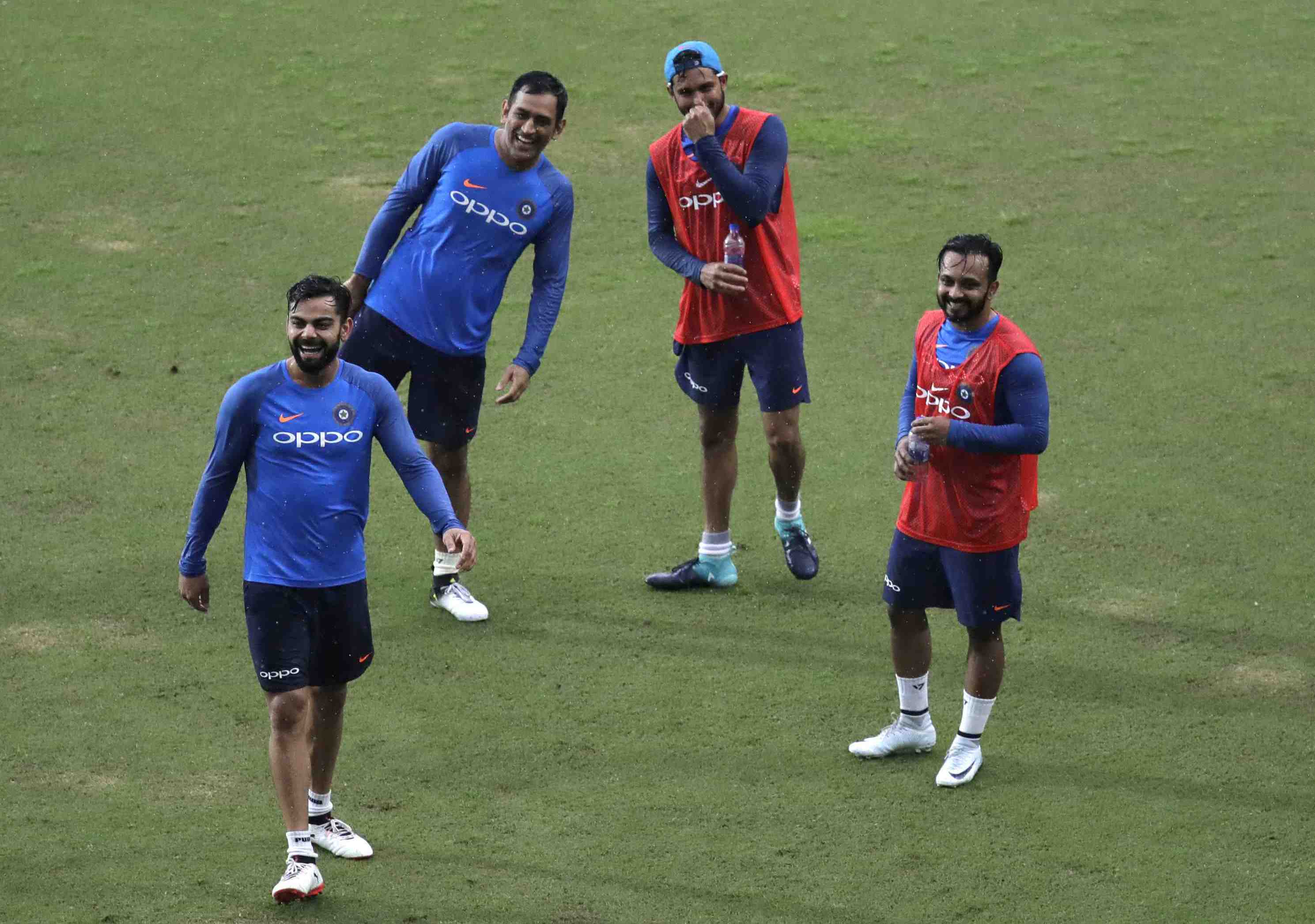John Gloster not too convinced about high cut off in Yo-Yo test

John Gloster, who served as Team India's physio for a considerable amount of time, is not too convinced about the high cut-off fixed by BCCI for Yo-Yo test. Gloster also pointed out that Yo-Yo- test could be helpful for T20s, but was uncertain about its effects in all three formats of the game.
Ever since BCCI made Yo-Yo test compulsory for all the players before selection, the test has already emerged as the major topic of discussion. 16.1 has been fixed as the magical number by BCCI for an Indian cricketer, to be declared fit. While the team management has made it clear that every cricketer has to score 16.1 or above to be eligible for selection, there have been doubts on whether the test can be the ultimate parameter. John Gloster has not been too convinced about the high cut-off. One of the more sought after physios in the cricketing circuit, Gloster gave importance to flexibility.
“Yo-Yo test could be of help in the T20s, but is it a definitive test for all formats of the game? I am not too sure,” Gloster told
While Indian cricket has taken chosen Yo-Yo test to be the benchmark for fitness, teams like Australia have decided to go back to the tried and tested Two-kilometre time trial.
“The time trial is an easier process and it is easy to run there. You don’t need much equipment,” Gloster said.
Recently, Ambati Rayudu, who was one of the highest run-scorers in the Indian Premier League this year, was dropped from India’s limited-overs side after he failed to clear the Yo-Yo test. Sanju Samson too was left out of the India A side for the same reason. Interestingly, Gloster has seen Samson from close quarters during his time as Rajasthan Royals' physio.
“The reason to have such tests is to know the durability factor. But then, what about the benchmark? Is Sanju Samson unfit? No. He took some fantastic catches during the IPL, which would not have been possible had he been unfit,” Gloster said.
“The game is becoming skill-based and it is important that one has the ability to execute. It is a must to build fatigue resistant athletes, and that’s justified. But the argument is, is 16.1 the ideal cut-off point? That’s the grey area,” Gloster said.
Having worked with the star-studded Indian team, which had the likes of Sachin Tendulkar, Rahul Dravid and Sourav Ganguly in its ranks, Gloster admitted that it would have been ‘unrealistic’ to see those players scoring 16.1.
“For some cricketers, 16.1 would have been physically unattainable. That doesn’t mean they would be exempted from the selection. The benchmark is whether they genuinely attempt to improve based on a threshold. Whatever the individual threshold is, every time you test them, they improve that,” he said.
Pointing out that the technical expertise is 'underpinned by fitness', he said, “Why did Rajasthan Royals introduce GPS tracking of all the athletes this year? We wanted to mark and judge the fitness parameters. International cricket has to be underpinned by fitness but what is a definitive marker of fitness remains the grey spot.”
Former chief national selector, Sandeep Patil, had recently told media that a player should be given more than one chance and Gloster agreed with Patil.
“There needs to be flexibility. There could be off-days for any player, so it is important that they are given another chance,” Gloster added.
